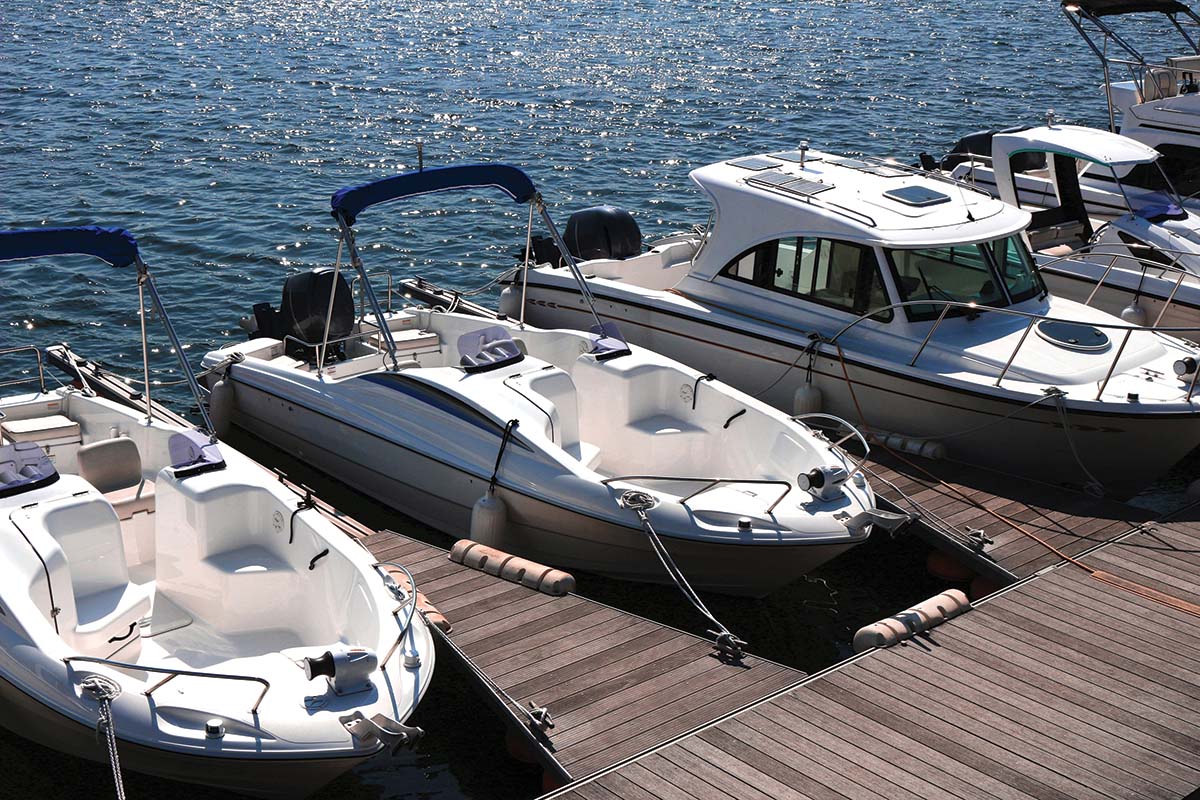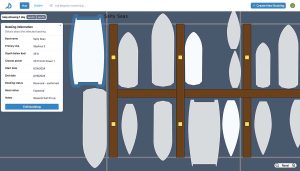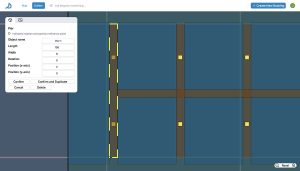
Simplifying Slip Management
Published on July 5, 2024It all started with LEGO bricks. From the time Joe and Mike Revier were kids, they were collaborators moving from plastic blocks to car repairs, citing their self-proclaimed “ying and yang” skill set as key to their project successes. That early love of building things together has resulted in the launch of their new company, Slipify, a marina management platform designed to revolutionize how marina operators use software.
The Problem with Assigning Slips
Slipify was born from the frustrations Mike has faced in his 20 years of working in the marina industry, now overseeing the northeast operations for IGY. “Through the years, I pulled my hair out in response to the lack of usefulness in software that existed,” Mike said. “The big thing missing has been any kind of practical-looking system. They can do invoicing, CRM, point of sale, but from personal experience and that of my colleagues, the ability to effectively assign slips was missing.”
Mike voiced his frustrations to his brother, who has worked in business consulting and software development. Joe took on the challenge of designing a better system.
According to Mike, busy marinas do not have an efficient way to assign slips that ensures all useable space is occupied and charged for accordingly. The two metrics commonly used for occupancy are berth and linear foot with pricing based on linear foot. The bigger the boat, the more they pay. “This is an awkward way to price. You should really be charging the price for occupied square foot, but that gets lost in translation. We are looking to answer the question ‘Am I maximizing the size of boats I can accommodate?’” he said.
Traditionally, marinas have relied on whiteboards to sketch in boats that are coming and going. They have also used the knowledge of long-term employees who instinctively know what type of boat fits where. Neither method is fully reliable, especially in facilities with inexperienced summer hires.

Going a step farther, software programs have been developed that use spreadsheets with simple calculations of boat size versus slip size. However, marinas are not laid out in nice grids, and 40-foot boats are not all equal in width, depth and design features. Joe explained that if someone calls and asks if they can fit in their 100-foot boat, the answer can be complicated and isn’t something existing software can just spit out.
“Yachts can be any size, and it’s like playing Tetris to figure out what boats are coming and leaving when. Existing software can tell you what areas are free, but can they measure how far the stern of the boat is going to be from the pedestal or cleat? Can that boat really fit or will we need extension cords or will it interfere with something else on the dock?” Mike said. Those are the real-world complications that frustrated Mike, who has spent much of his career in busy marinas that have a high transient population and often unique high-end vessels.
The White Board Gets Digitized
To help ease his brother’s frustration, and to provide himself with an exciting challenge, just shy of a year ago, Joe set out to build software that represents a marina as a marina exists. “From our core, we’re building a platform that’s spatially conscious, with actual points on a map that are occupied, not just what slips are occupied,” he said.
The first iteration of Slipify, set for release at the end of summer, will be designed to work in tandem with existing management systems with this program replacing those whiteboard type reservation systems. It’s being built as an open API that can link directly to credit card companies or CRM companies like SalesForce or Hubspot. “We don’t want to recreate other software that’s already doing what it does well,” Mike said.
Mike further explained that Slipify will help managers with unique situations. For instance, if a trimaran with a wide beam is visiting, it could be put in a double slip and charged for both spaces, but it may be possible to fit a smaller boat in the double slip next to the trimaran. Slipify will allow users to move the silhouette of the boats on the map to make sure they fit where the marina staff want them to go.

Captains will also be able to have a visual of how to move their boat around the marina basin to get to the slip. They will see where the tight spots are and potential obstacles before they arrive. This will save time and the frustration of relying on radio or phone communication between the marina and the boater.
Mike said that another advantage of booking slips through Slipify will be that the program considers area occupied and not just linear foot. This data can be valuable to owners looking at yield management as they can get instant feedback on turnover pace and how rates are reflected.
A critical piece to this project is to ensure the program is simple to use so everyone from management down to summer dockhands can take reservations accurately. Joe explained that Slipify is intuitive, using drag and drop to move boats around the facility. It’s also built so managers can draw their marinas with an editor tool or upload scaled drawings or .pdfs. Structures can easily be added, and there can be overlays such as for water depths with height and depth restrictions added or subtracted as needed. “Everything can be created and edited as you go,” Joe said. “You don’t have to reach out to learn how to use it. You just use it intuitively. We also don’t want it to be prohibitively expensive and have transparency in our pricing. I just want it to make sense,” he added.
The name Slipify is a combination of the words “simplify” and “slips.” The brothers will continue to focus on those terms. The end goal is to help marina managers maximize the use of square footage through an intuitive tool that will do what they want it to do now, and that can grow and mature with the marina operations.
| Categories | |
| Tags |





